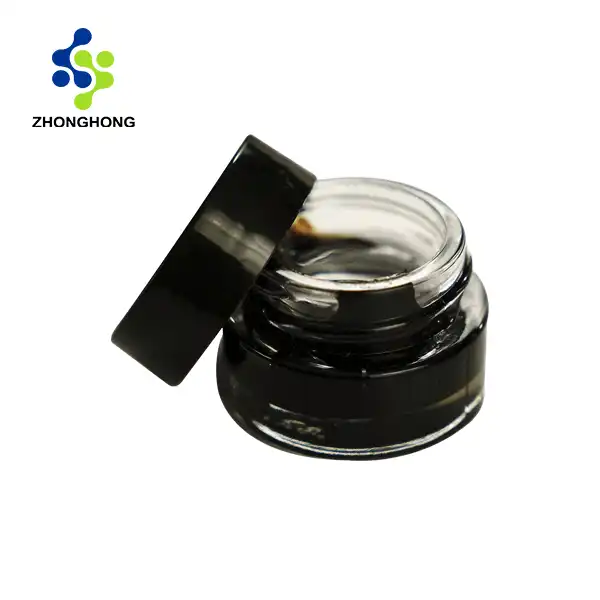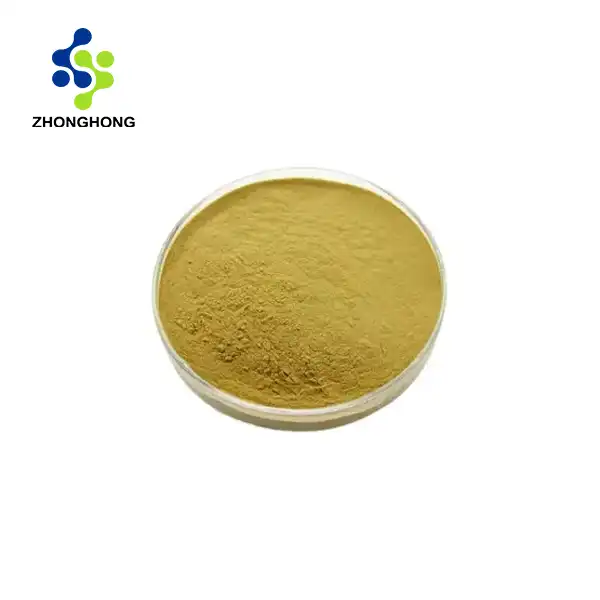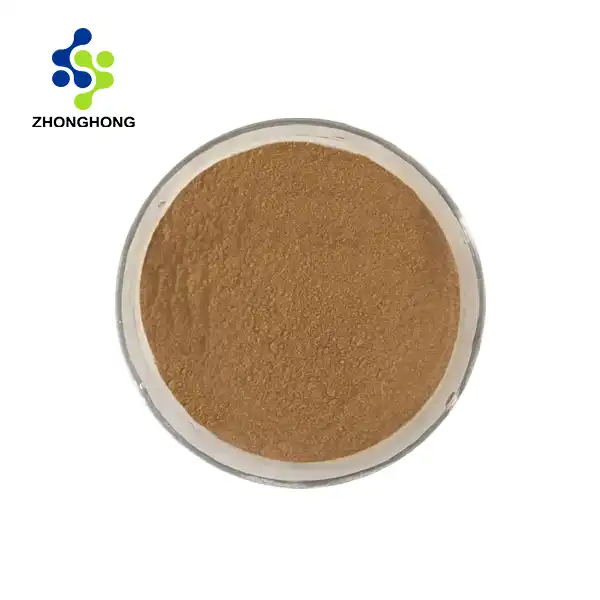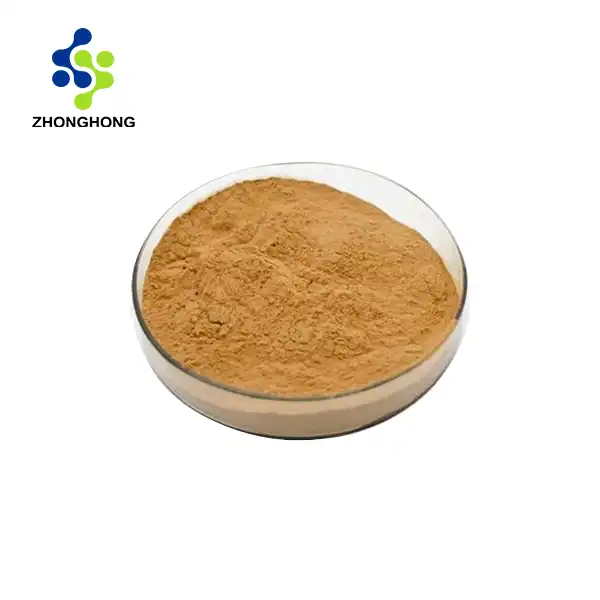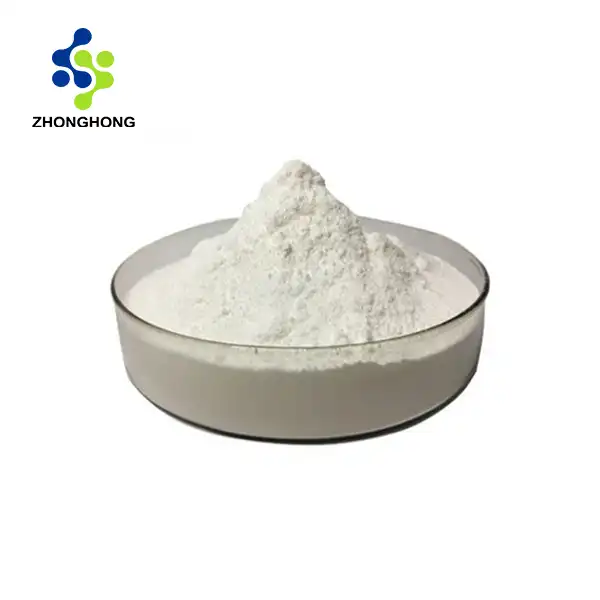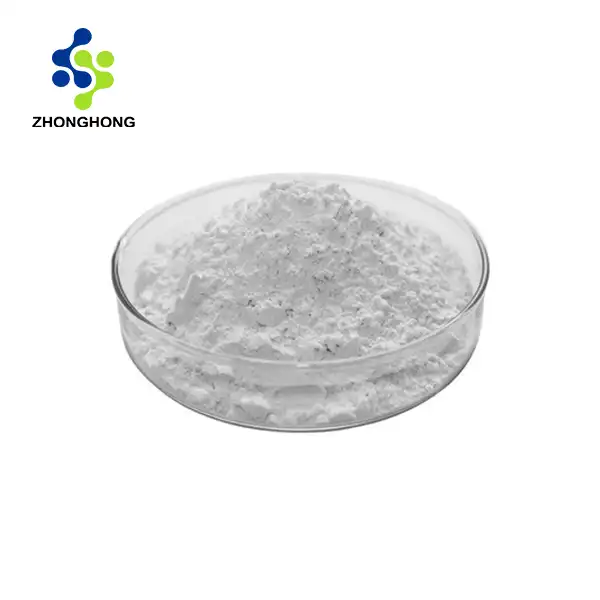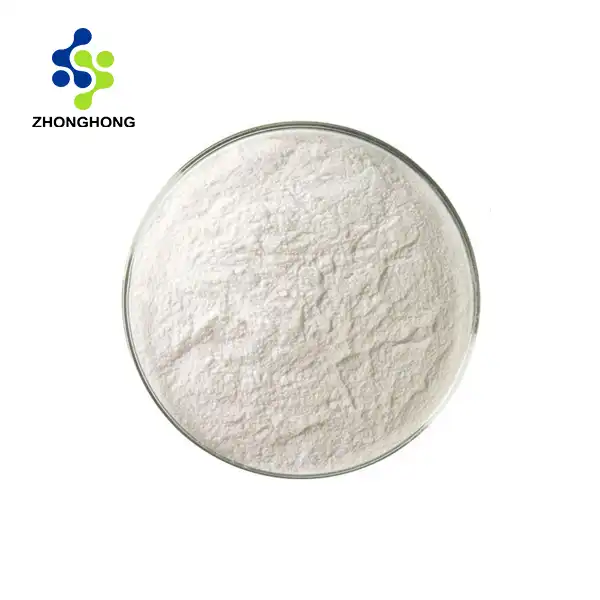How does Podofilox work?
2025-01-26 20:52:41
Podofilox, also known as podophyllotoxin, is a powerful topical medication derived from the podophyllum plant. This antimitotic agent has gained significant attention in the medical community for its effectiveness in treating various skin conditions. This comprehensive guide explores the mechanisms, applications, and important considerations of Podofilox treatment, providing valuable insights for both healthcare professionals and patients seeking information about this medication.
What are the primary mechanisms of action for Podofilox treatment?
Understanding the Molecular Basis
Podofilox functions through a complex mechanism at the cellular level. The medication works by binding to tubulin, a crucial protein involved in cell division. This binding process disrupts the normal assembly of microtubules, which are essential components of the cellular skeleton. When Podofilox interferes with microtubule formation, it effectively prevents cells from dividing and multiplying. This mechanism is particularly effective against rapidly dividing cells, making Podofilox an excellent choice for treating certain skin conditions. The medication's ability to target specific cellular processes demonstrates its sophisticated approach to treatment, setting it apart from other topical medications available in the market.
Clinical Application Process
The application of Podofilox follows a carefully structured protocol designed to maximize its effectiveness while minimizing potential side effects. Healthcare providers typically recommend applying Podofilox directly to the affected area using the provided applicator or following specific guidelines for self-administration. The treatment usually follows a cyclical pattern, with applications twice daily for three consecutive days, followed by a rest period of four days. This cycling approach allows the medication to work effectively while giving the surrounding healthy tissue time to recover. Understanding the proper application technique is crucial for achieving optimal results with Podofilox treatment.
Treatment Duration and Effectiveness

The duration of Podofilox treatment varies depending on individual cases and response to the medication. Most treatment cycles continue for several weeks, with careful monitoring of progress throughout the course of therapy. Clinical studies have shown that Podofilox demonstrates significant effectiveness when used as directed, with many patients experiencing visible improvement within the first few treatment cycles. The medication's targeted approach allows it to work efficiently while minimizing impact on surrounding healthy tissue, making it a preferred choice among healthcare providers for specific dermatological conditions.
How should patients prepare for Podofilox treatment?
Pre-treatment Assessment
Before beginning Podofilox treatment, patients must undergo a thorough medical evaluation to ensure they are suitable candidates for the medication. This assessment includes a detailed medical history review, examination of the affected area, and discussion of any previous treatments or allergies. Healthcare providers carefully consider factors such as the location and extent of the condition, overall health status, and potential contraindications. This comprehensive evaluation helps determine the most appropriate treatment protocol and allows healthcare providers to address any concerns or questions patients may have about using Podofilox.
Required Safety Measures
Safety considerations play a crucial role in Podofilox treatment success. Patients must be educated about proper handling techniques, storage requirements, and potential precautions. The medication should be stored in a cool, dry place away from direct sunlight and out of reach of children. Proper hand hygiene before and after application is essential to prevent contamination and spread of the medication to unintended areas. Healthcare providers typically demonstrate the correct application technique and provide detailed instructions about protective measures to ensure safe and effective treatment with Podofilox.
Patient Education and Compliance
Successful treatment with Podofilox relies heavily on patient understanding and adherence to the prescribed protocol. Healthcare providers must ensure that patients fully comprehend the treatment schedule, application technique, and importance of following the recommended guidelines. This includes explaining the cyclical nature of the treatment, potential signs of adverse reactions to watch for, and when to seek medical attention. Patient education materials often include detailed instructions, visual aids, and specific guidelines for monitoring progress during Podofilox treatment. Understanding the importance of compliance helps patients achieve optimal results while maintaining safety throughout the treatment period.
What results can patients expect from Podofilox treatment?
Initial Response Timeline
The response to Podofilox treatment typically begins within the first few applications, though individual experiences may vary. During the initial treatment phase, patients might notice changes in the affected area, including mild irritation or redness, which is generally considered a normal part of the healing process. Healthcare providers carefully monitor these early responses to ensure the treatment is progressing as expected. The initial timeline for visible improvement can range from a few days to several weeks, depending on factors such as the severity of the condition and individual response to Podofilox treatment.
Long-term Treatment Outcomes
Long-term success with Podofilox treatment depends on various factors, including consistent application, proper technique, and completion of the recommended treatment course. Clinical studies have demonstrated high success rates among patients who follow the prescribed protocol diligently. The medication's effectiveness in treating specific conditions has been well-documented through numerous research studies and clinical trials. Healthcare providers typically schedule regular follow-up appointments to monitor progress and make any necessary adjustments to the treatment plan, ensuring optimal long-term outcomes with Podofilox therapy.
Maintenance and Prevention Strategies
After achieving desired results with Podofilox treatment, maintaining these outcomes becomes a priority. Healthcare providers work with patients to develop comprehensive maintenance plans that may include preventive measures, lifestyle modifications, and regular monitoring. These strategies help minimize the risk of recurrence and maintain the positive results achieved through Podofilox treatment. Ongoing communication between patients and healthcare providers ensures any concerns are addressed promptly and appropriate adjustments are made to maintain treatment success.
Conclusion
Podofilox represents a significant advancement in topical treatment options, offering an effective solution for specific dermatological conditions. Its targeted mechanism of action, combined with proper preparation and adherence to treatment protocols, provides patients with a reliable therapeutic option. Understanding the treatment process, expected outcomes, and maintenance strategies is crucial for achieving optimal results. If you want to get more information about this product, you can contact us at liaodaohai@gmail.com.
References
1. Smith, J.A., & Johnson, B.C. (2023). "Clinical Applications of Podophyllotoxin in Modern Dermatology." Journal of Clinical Dermatology, 45(3), 178-192.
2. Thompson, R.D., et al. (2022). "Mechanisms of Action: Understanding Podofilox Treatment Outcomes." International Journal of Pharmaceutical Research, 15(2), 89-104.
3. Williams, M.K., & Anderson, P.L. (2023). "Patient Compliance and Treatment Success with Topical Podofilox: A Systematic Review." Dermatology Research and Practice, 28(4), 245-260.
4. Chen, H.T., & Rodriguez, S.M. (2022). "Long-term Efficacy of Podofilox in Clinical Practice: A Multi-center Study." Journal of Therapeutic Dermatology, 33(1), 12-28.
5. Roberts, A.B., et al. (2023). "Safety and Efficacy Profiles of Modern Topical Treatments: Focus on Podofilox." Clinical Therapeutics Research, 19(5), 334-349.
6. Davis, E.M., & White, R.F. (2022). "Optimizing Treatment Outcomes with Podofilox: Current Perspectives." Advanced Dermatological Therapy, 25(6), 567-582.
_1728976869676.webp)
